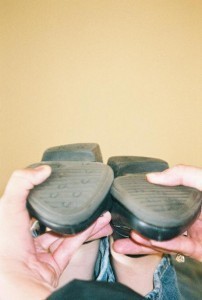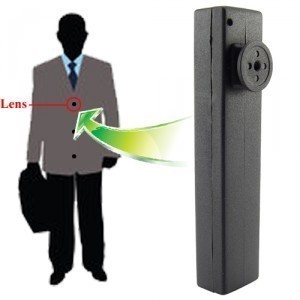Unequal Leg Length
Unequal leg length or leg length discrepancy (LLD) refers to the  difference between the lower limbs. When the discrepancy is 2 cm, it’s barely noticeable. However it becomes more conspicuous when the discrepancy is 3 cm or more.
difference between the lower limbs. When the discrepancy is 2 cm, it’s barely noticeable. However it becomes more conspicuous when the discrepancy is 3 cm or more.
Causes of LLD
The difference is usually found in the tibia or the femur (n some cases, both). In some instances the upper limbs are afflicted.
In some cases children are born with the lower limbs not fully developed. In some instances, a condition known as hemihypertrophy makes one side of the body grow much more rapidly than the other side.
Another possible cause is increased blood flow in the limb. The amplified blood flow may cause the limb to grow, leading to unequal leg length. In some instances, the epiphyseal plate of the femur gets injured. This may cause the bone to stop growing, leading to a discrepancy. Fractures that heal on overlapped positions can also lead to this condition.
Polio and other neuromuscular ailments may also lead to LLD. Wilms’ tumor of the kidney is another possibility. This can lead to hypertrophy, which causes LLD. Given this fact, it’s essential for children with hemihypertrophy to be checked for the said tumor.
True and Apparent Leg Discrepancy
The true leg length discrepancy can be due to any of the causes mentioned earlier. Apparent leg discrepancy is caused by an unstable hip. If there is pelvic obliquity, one hip will be higher. Although it looks as if there is unequal leg length, the hip is actually the problem.
Symptoms
When the discrepancy is 2 cm or less, most people will able to walk without a noticeable limp; they probably won’t even realize there is a discrepancy. 2.5 cm discrepancies can be fixed with a lift.
But for 3 cm or greater, medical treatment is necessary. The limp is not only more noticeable but potentially risky. There is increased pressure on the long leg and may lead to functional scoliosis.
Diagnosis and Treatment
The first step is to diagnose the LLD maturity. If its 2 cm or less, no treatment is necessary. For 2 to 2.5 cm, adding a lift in the shoes will do just fine. If it’s longer than that, surgery may be performed to correct unequal leg length. If growth is finished, the longer leg may be shortened.
Another method is Epiphyseodesis. Here the surgeon performs incisions on the growth plates. Drillings are also conducted on the upper fibula and tbia. This procedure will stop growth completely. Epiphyseodesis works for leg discrepancies up to 5 cm.
Another method is to lengthen the shorter leg. The technique is called callotasis. Theoretically, there are no restrictions on how much the leg can be strengthened. The process however, is complex and can be risky. The more the leg is to be lengthened, the more dangerous it can be.
The causes of LLD are now well understood and there are more treatments available than ever before. Although unequal leg length can still occur, there are now ways to alleviate this condition.





